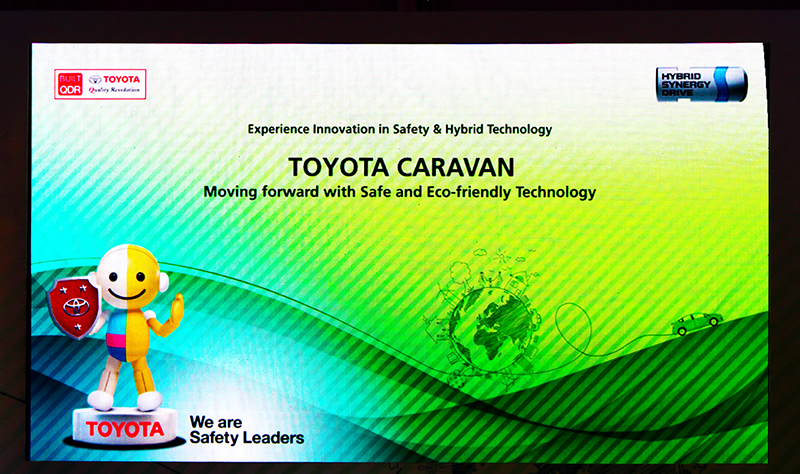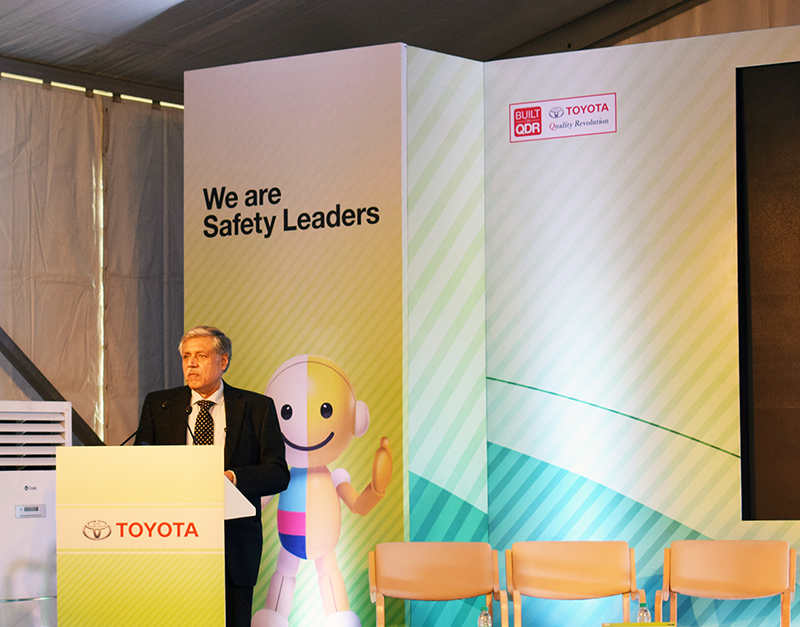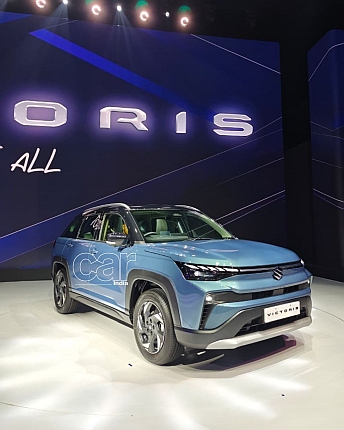Toyota Kirloskar Motor India recently held a seminar to address and showcase their concern for issues related to safety and environment that plague India
Safety in India is an illusion as most of us are ignorant about being safe while driving or riding. Often many of us are aware of all our wrongdoings while using the road but somehow we choose to ignore it. This phenomenon of turning a blind eye is not just limited to our road ethics; we also invest a good sum of money in buying cars that are unsafe. However, things are changing and the surprise element in this is that a car company has taken the initiative of educating and telling the masses about safety on the roads. Toyota Kirloskar Motors (TKM) is one such company that is moving in the right direction to spread safety-related awareness. TKM are also actively involved in making their cars safer. Not only that, they also promote the use of hybrid vehicles. Why are they promoting hybrid technology? Well, that is because a hybrid car emits fewer pollutants into the environment, thus causing less pollution as compared to a conventional car.
Recently, TKM organised a very informative seminar in the national capital and the Pink City (Jaipur) to tell the world that they are concerned about safety and environment and that they care. We were present at these seminars to listen to speakers from various fields who are actively doing research in making roads safer as also representatives from the Union Ministry of Heavy Industries and Public Enterprises and Ministry of Road Transport and Highways.
The event, called ‘Toyota Caravan: Moving Ahead with Safe and Eco-friendly Technology’, stressed the need for a massive change that will reduce the number of fatalities on Indian roads and also lessen the impact of emission on the environment. The four-day event was kick-started at the Jawaharlal Nehru Stadium in New Delhi where dignitaries and Toyota officials from India, Japan, Thailand, Malaysia and Singapore were present to spread awareness about safety and technology.
The day started off on a good note where the speakers highlighted the need for stricter laws and their implementation. Rohit Baluja, President, Institute of Road Traffic Education, raised a very valid point concerning the duty of a road-user. His presentation stressed how we, the road-users, should make it out duty to be safe rather than just ignoring safety. He said that people in many foreign countries follow the law not because they are afraid of it but because they want to be safe and courteous to other road-users. His presentation also highlighted the fact that many of the road markings and traffic signals in India, especially those in Delhi, were wrong. For example, in India many a time the traffic signal is located before the stop-line and when the driver stops at the stop-line s/he is not able to see the lights change in time, causing unnecessary delay. He also said that many people were not even aware of the laws that are already in place and that education was the only way to make people aware of the laws and also show them how to follow them. He also stated that increasing the fines was not the only solution because the basic road safety infrastructure was not in place and that this needs to be rectified by the government. He presented harrowing figures of road fatalities. We were stunned when he revealed that, according to the official figures, one person dies every four minutes on Indian roads because of unsafe conditions. Such statistics are horrifying for a country that strives to become a hub of automotive exports.
Anshu Prakash, Additional Secretary, MoHI&PE, listed the steps that the government was taking in order to make the roads safer. He accepted that there were problems and that things needed to be sorted out in order to reduce the number of fatalities on our roads. He also had no answer when we asked about the lack of proper knowledge among the traffic constables who are responsible for enforcing traffic laws. Instead he repeatedly stated that the ordinary people should be educated about safety and road laws.
Shogo Sakai, Senior Vice-president, Vehicle Safety Department, Toyota Motor Corporation, Japan, gave an impressive presentation highlighting how safety was the first thing that Toyota looked at while making cars. He highlighted the various processes that Toyota used not only in Japan but worldwide and how the cars they make are technologically sound. Sakai stressed on Toyota’s three-pronged approach to safety that includes accident investigation and analysis, simulation and development, and evaluation. He stated how safety aids such as ABS, airbags, parking sensors, vehicle stability control, traction control and other technology was incorporated to make Toyota vehicles safer for the customers. He showcased safety measures that Toyota undertake to make their cars safer than what the norm lays down. His presentation also showed how Toyota crash-test their cars virtually to get additional data to make them safer. Sakai san’s presentation clearly portrayed the safety path the company has been following and also the trial and eventual inclusion of future safety systems in Toyota cars.




















Leave a Reply